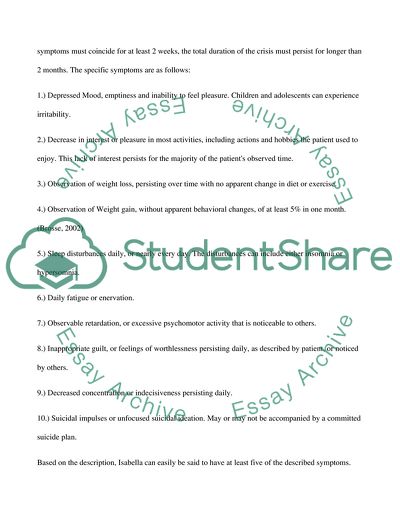Cite this document
(“A Psychopathological Analysis Of Patients With Depression Essay”, n.d.)
A Psychopathological Analysis Of Patients With Depression Essay. Retrieved from https://studentshare.org/psychology/1592316-psychology-477-case-study-final-paper
A Psychopathological Analysis Of Patients With Depression Essay. Retrieved from https://studentshare.org/psychology/1592316-psychology-477-case-study-final-paper
(A Psychopathological Analysis Of Patients With Depression Essay)
A Psychopathological Analysis Of Patients With Depression Essay. https://studentshare.org/psychology/1592316-psychology-477-case-study-final-paper.
A Psychopathological Analysis Of Patients With Depression Essay. https://studentshare.org/psychology/1592316-psychology-477-case-study-final-paper.
“A Psychopathological Analysis Of Patients With Depression Essay”, n.d. https://studentshare.org/psychology/1592316-psychology-477-case-study-final-paper.


